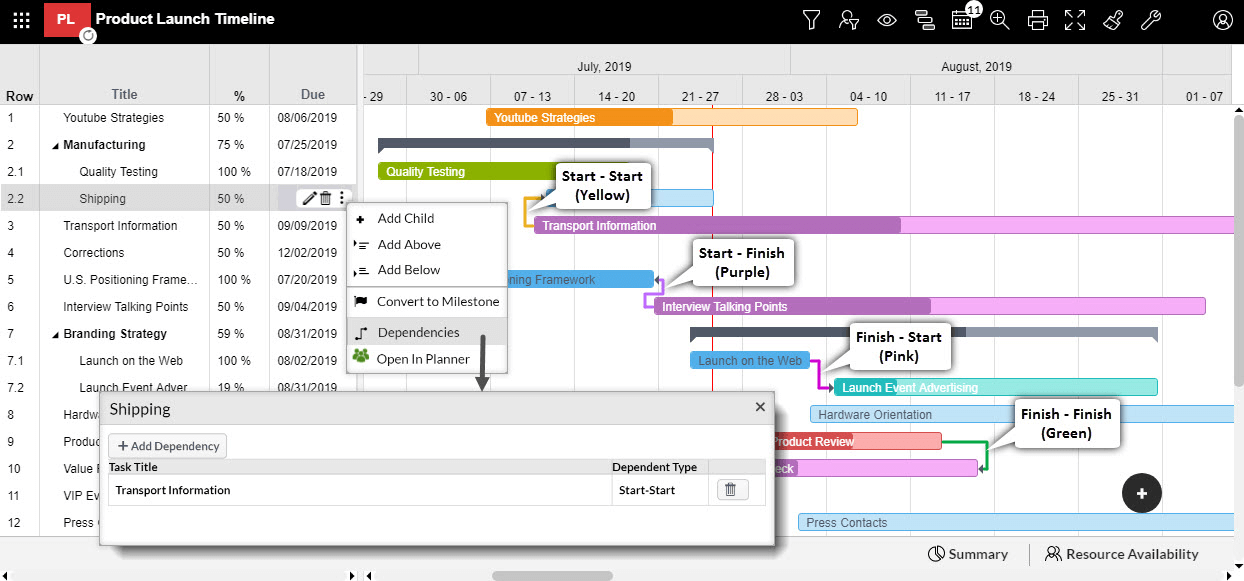
Of course, you might not use any of those I listed, but other categories that could be applicable are department, priority, etc. It’s worth thinking about what your buckets and labels might be. Planner allows us to display tasks on a “board” in either bucket or by one of a selection of criteria, such as start date, due date, progress (not started, in progress, completed), or other user-defined labels. In fact, Planner already has these three states built in for tracking progress. I might actually go a little further and define progress on tasks as one of three states: not started, in progress, or completed. When I talk about task management, I’m really concerned with whether a task has been completed or not, and who owns it. I want to drill into task management and task ownership a little and provide my own definitions and input into these items. This is the PM who requires task management and task ownership, hence the focus on teamwork. Whereas Ms Project is really aimed at the “serious” Project Manager, providing advanced functionality such as resource and schedule management, Planner is aimed at the more casual Project Manager.

Microsoft Planner is an Office 365 application that is aimed at providing a simple, visual way to organize teamwork.
#Task planner microsoft teams series#
This is the first part of a two part series on using Microsoft Planner. Project Portfolio Management (PPM) Training.Project Management Office (PMO) Training.Enterprise Project Management (EPM) Training.



 0 kommentar(er)
0 kommentar(er)
